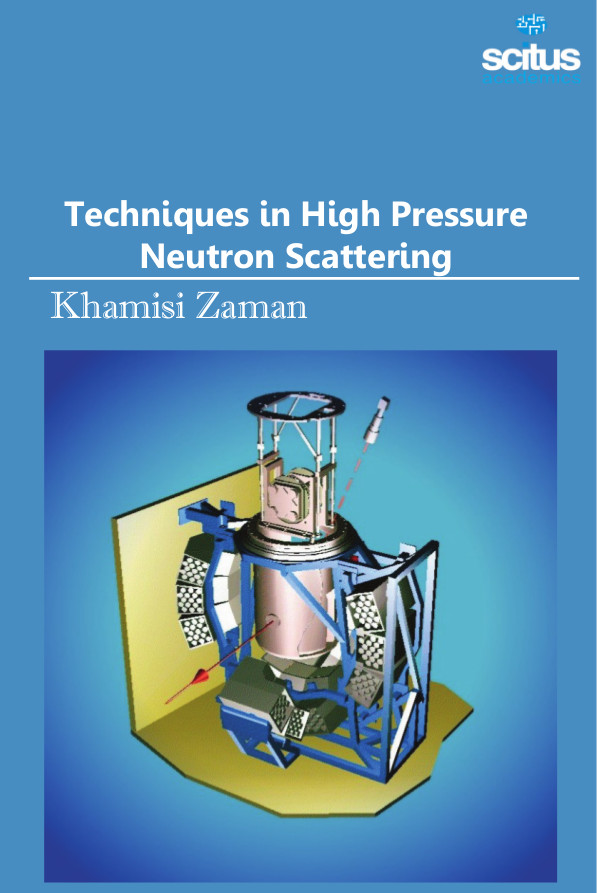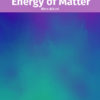Neutron scattering experiments determine the atomic and/or magnetic structure of a material. Neutron scattering as an experimental technique is used in crystallography, physics, physical chemistry, biophysics, and materials research. It is practiced at research reactors and spallation neutron sources that provide neutron radiation of sufficient intensity. Neutron diffraction (elastic scattering) is used for determining structures; inelastic neutron scattering is used for the study of atomic vibrations and other excitations. It is the ideal method to study a wide range of important and common materials like ice and ammonia. Knowledge of the positions of the atoms in systems like these when they are compressed helps our understanding of topics as diverse as the behavior of proteins and the origins of the magnetic fields of planets like Uranus and Neptune. Until 1990, neutron diffraction was limited to pressures below 30,000 atmospheres. This was a very low pressure when compared to other structural techniques like x-ray diffraction and light-scattering which at that time were achieving pressures in excess of 1 million atmospheres. The ability to manipulate structure and properties using pressure has been well known for many centuries. Diffraction provides the unique ability to observe these structural changes in fine detail on length-scales spanning atomic to nanometre dimensions. Amongst the broad suite of scattering tools available today, neutrons provide unique capabilities of fundamental importance. However, to date, the growth of neutron scattering under extremes of pressure has been limited by the weakness of available sources. In recent years, extensive investments have led to the construction of a new generation of neutron sources while existing facilities have been revitalized by upgrades. The timely convergence of these bright facilities with new pressure-cell technologies suggests that the field of high-pressure neutron science is on the cusp of substantial growth. It has increased the pressure range for neutron scattering by a factor of ten with the development of a novel large volume pressure cell.
Techniques in High Pressure Neutron Scattering presents contemporary methods and techniques that allow neutron scattering well beyond 10 GPa. It demonstrates how high pressure neutron scattering can be used to study the structure and dynamics of a wide range of materials. It will be of pertinent for newcomers and experienced high pressure scientists and engineers, researchers and practitioners, as well as advanced graduate students.













